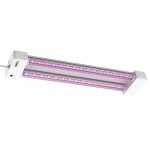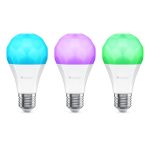LED Light Strips Not Working? Discover the Surprising Reasons behind it

LED light strips have become increasingly popular in recent years for their versatility and energy efficiency. These strips are commonly used for accent lighting, decoration, and even in commercial applications. However, despite their many benefits, LED light strips can sometimes fail to work properly. If you have ever experienced this frustrating issue, you know how important it is to identify the root cause and find a solution. In this article, we will explore the surprising reasons why your LED light strips may not be working, and what you can do to fix the problem. One of the most common reasons why LED light strips fail to work is due to poor installation. Incorrect wiring, loose connections, and inadequate power supply are just a few examples of installation errors that can cause LED light strips to malfunction. In some cases, the strips may work initially but fail over time due to wear and tear or exposure to moisture. Additionally, using the wrong type of power supply or connecting too many strips together can also cause them to stop working. In the following sections, we will delve deeper into these issues and provide solutions to help you get your LED light strips working again.
LED light strips are a popular and versatile lighting solution that has gained immense popularity in recent years due to their energy efficiency, flexibility, and ease of installation. These light strips consist of a series of small LED bulbs mounted onto a flexible circuit board, which allows them to be easily bent and shaped into various forms. LED light strips are available in a range of colors and brightness levels, making them suitable for a wide variety of applications, including home and commercial lighting, accent lighting, and decorative lighting. Despite their many benefits, LED light strips may sometimes fail to work due to a variety of reasons, including faulty wiring, poor installation, or power supply issues. It is essential to identify the root cause of the problem to fix it effectively and ensure that your LED light strips continue to shine brightly.
LED light strips have become increasingly popular in recent years, and for good reason. They offer a wide range of benefits that traditional lighting options simply cannot compete with. One of the main advantages of LED light strips is their energy efficiency. LED lights use significantly less energy than traditional bulbs, which means they are not only better for the environment, but they can also help you save money on your energy bills. Additionally, LED light strips are incredibly versatile and can be used in a variety of settings, from home decor to commercial lighting. They are also long-lasting, durable, and easy to install, making them a great option for anyone looking to add some extra illumination to their space. Whether you’re looking to create a relaxing ambiance in your bedroom, or you need powerful task lighting for your workspace, LED light strips are a fantastic solution that will help you achieve your lighting goals.
LED light strips are becoming increasingly popular due to their energy efficiency, flexibility, and ease of installation. They are commonly used in a variety of applications, from home décor to commercial lighting. Homeowners often use LED light strips to add accent lighting to their living spaces, such as under cabinets, along staircases or bookshelves, and in entertainment areas. In commercial settings, LED light strips are often used for signage and displays, as well as for lighting in retail stores, restaurants, and hotels. Additionally, LED light strips are utilized in automotive and marine applications for both functional and aesthetic purposes. With their versatility and durability, it’s no wonder LED light strips are in high demand.
Power Supply
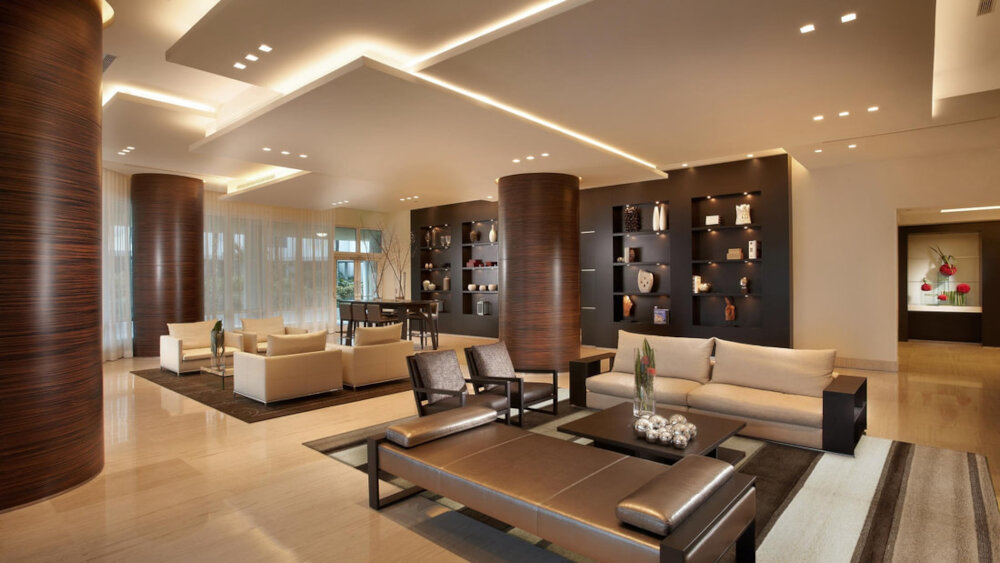
A power supply is an essential component in any electronic device that requires electricity to function. LED light strips are no exception. The power supply is responsible for providing the necessary voltage and current to the LED light strips to make them work. Without a proper power supply, the LED light strips may not work or may not work efficiently. There are different types of power supplies available in the market, and the selection of the right type depends on the LED light strip’s requirements. A power supply’s capacity is measured in watts, and it should be able to provide a sufficient amount of power to the LED light strips to achieve the desired brightness and color. One of the most common reasons for LED light strips not working is a faulty power supply. A faulty power supply can cause the LED light strips to flicker, dim, or not work at all. It is essential to ensure that the power supply is compatible with the LED light strips and has the correct voltage and current output. Sometimes, the power supply may be working correctly, but the wiring may be faulty. It is crucial to check the wiring and connections to ensure that there are no loose connections or short circuits that can cause the LED light strips to malfunction. By paying attention to the power supply and ensuring that it is working correctly, you can avoid many issues that can arise with LED light strips and enjoy their benefits for a more extended period.
The power supply is a crucial component that influences the performance of LED light strips. The voltage and current output from the power supply must match the LED light strip’s requirements. If the power supply’s voltage is too high or too low, it can cause the LEDs to malfunction, flicker, or not work at all. In addition, if the power supply’s current output is not sufficient to power the LED strip, it can result in a dimmer light or even cause damage to the LEDs. Furthermore, the quality of the power supply can also have an impact on the LED light strip’s lifespan and overall performance. Therefore, it’s important to choose a high-quality power supply that matches the LED light strip’s specifications for optimal performance and longevity.
One of the most common causes of LED light strips not working is power supply issues. Symptoms of power supply issues include flickering or flashing lights, dimming or reducing brightness of the light strips, or the LED lights not turning on at all. Other signs may include the LED light strips turning on for a short period before shutting off, overheating or making strange noises. These symptoms may indicate that the power supply is not providing enough voltage or current to the LED light strips, or that the power supply is faulty or damaged. In order to resolve power supply issues, it is important to identify the root cause of the problem and replace or repair the power supply as necessary.
If you are experiencing issues with your LED light strips, it is important to check if the power supply is functioning properly. First, ensure that the power outlet is working by plugging in a different device. If the outlet is fine, check the power supply adapter by using a multimeter to test the output voltage. If the voltage is below the rated amount, the power supply may be faulty and needs to be replaced. Additionally, inspect the wiring and connections for any signs of damage or loose connections, as this can also cause power supply issues. By taking these steps, you can troubleshoot and resolve power supply problems that may be affecting the functionality of your LED light strips.
Wiring Issues
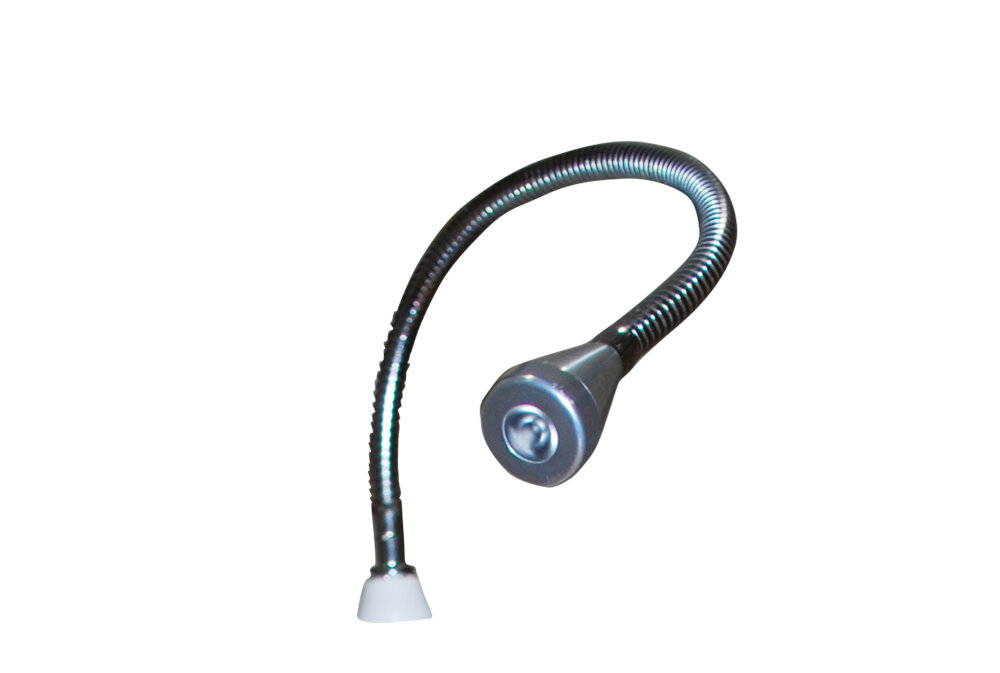
Wiring issues are one of the most common reasons behind LED light strips not working. This can happen due to a variety of reasons, such as loose connections, damaged wires, incorrect wiring, or faulty power supply. Loose connections can occur when the wires are not securely attached to the LED strip or the power source. This can result in intermittent or no power supply to the lights, causing them to malfunction. Damaged wires can also cause issues, as they can break or become frayed, leading to a loss of power or short circuiting. Incorrect wiring can occur when the wires are not connected in the correct order or configuration, causing the lights to either not work at all or not work as intended. Finally, a faulty power supply can lead to LED light strip issues, as it may not be supplying the required amount of power or may be damaged. To fix wiring issues with LED light strips, it is important to first identify the root cause. If the issue is due to loose connections, the wires should be securely attached to the LED strip and power source. If the wires are damaged, they should be replaced to ensure proper connectivity. Incorrect wiring can be fixed by referring to the manufacturer’s instructions or seeking professional help. Finally, a faulty power supply should be replaced with a new one that meets the required specifications. By addressing wiring issues, you can ensure that your LED light strips work as intended and provide optimal lighting for your space.
Wiring issues can be a major culprit when it comes to LED light strips not working. These issues can range from loose connections, insufficient power supply, incorrect polarity, or even defective wiring. Loose connections can cause intermittent flickering or complete failure of the strip. Insufficient power supply can result in dimming or flickering of the strip. Incorrect polarity can cause the strip to not turn on at all. Defective wiring can cause a total failure of the strip or even pose a safety hazard. It is important to ensure that all wiring connections are secure, the power supply is adequate, and the polarity is correct to avoid any potential issues with your LED light strips.
When it comes to LED light strips, wiring issues can be a common source of trouble. Symptoms of wiring issues may include lights flickering, dimming, or not turning on at all. Loose or damaged connections in the wiring can cause these issues, as can faulty power supplies or incorrect wiring installations. In some cases, wiring issues can even pose a fire hazard, so it’s important to address them promptly. If you’re experiencing problems with your LED light strips, checking for wiring issues is a good place to start troubleshooting.
When LED light strips fail to work, there is a high probability that there are wiring issues. To check for wiring issues, start by examining the power supply and ensure that it is functioning correctly. Next, inspect the wiring connections between the power supply and the LED light strips. Look for any loose or damaged wires that may be causing the issue. Use a multimeter to check the voltage output of the power supply and ensure that it matches the required voltage of the LED light strips. Finally, check the wiring connections between the LED light strips and ensure that they are securely connected. By following these steps, you can identify and fix any wiring issues that may be causing your LED light strips to malfunction.
Defective LED Light Strip
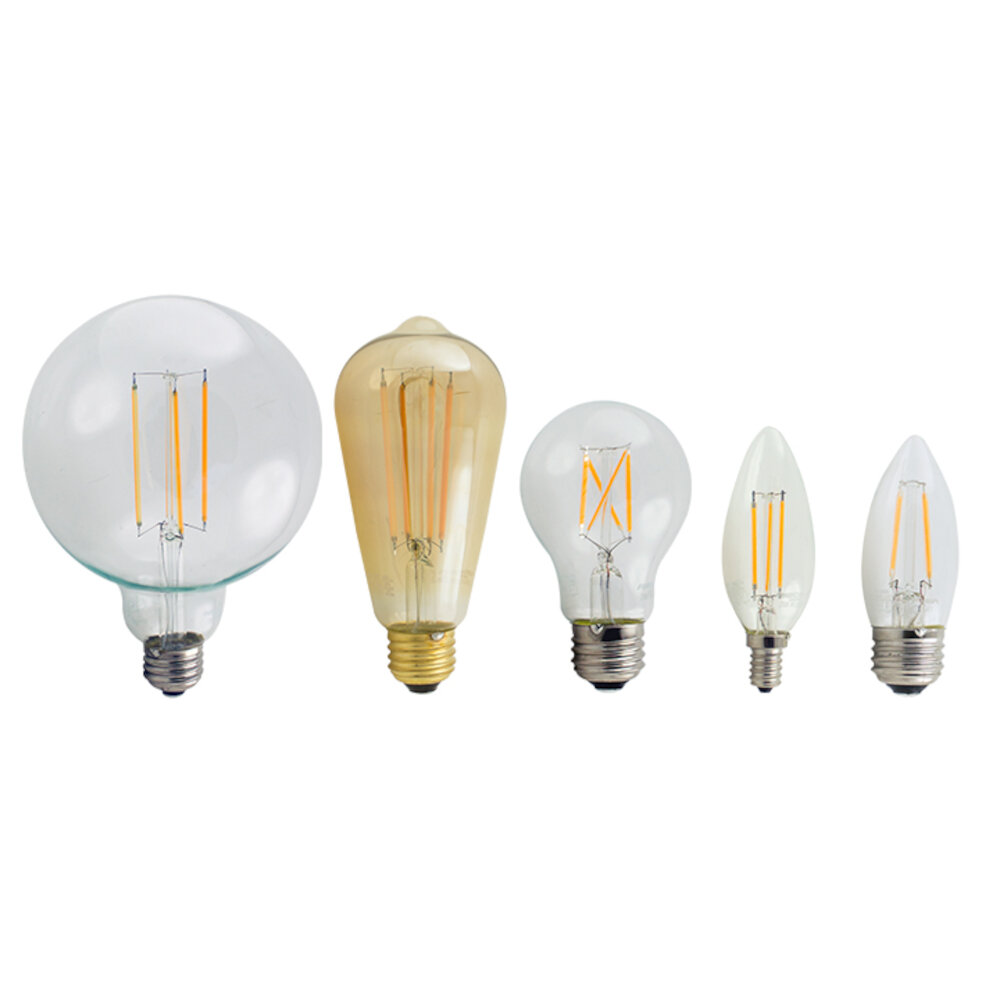
LED light strips are a popular choice for homeowners and businesses alike due to their energy efficiency, versatility, and long lifespan. However, when they malfunction, it can be frustrating and confusing to figure out the root cause of the problem. One of the most common issues with LED light strips is a defective strip. This can happen due to a variety of reasons, including poor manufacturing, damage during shipping or installation, or wear and tear over time. If you suspect that your LED light strip is defective, there are several signs to look out for. These include flickering or dimming lights, sections of the strip that don’t light up at all, or an overall lack of brightness. If you notice any of these issues, it’s important to troubleshoot the problem as soon as possible. While a defective LED light strip can be frustrating to deal with, the good news is that it’s often a relatively easy fix. Depending on the cause of the problem, you may need to replace the entire strip or simply repair a damaged section. With a bit of patience and know-how, you can get your LED light strip back up and running in no time.
LED light strips are an innovative and popular way to add lighting to any space, but they can be defective due to various reasons. One of the most common reasons is a faulty power supply, which can cause the LED lights to flicker or not turn on at all. Another issue could be a damaged or loose connection between the LED strip and the power supply, resulting in a loss of power. Poor installation can also lead to defects, such as placing the LED strip in an area that is prone to moisture or heat, causing the adhesive to fail and the lights to malfunction. In addition, low-quality LED strips may have manufacturing defects that cause them to fail prematurely. It is essential to address these issues promptly to ensure that the LED light strip functions correctly and lasts as long as possible.
When your LED light strips are not working, there could be a variety of symptoms to look out for. One common symptom of defective LED light strips is flickering or dimming of the lights. This may indicate a problem with the power supply or the wiring. Another symptom is uneven lighting, where some parts of the strip may be brighter or dimmer than others. This may be a sign of a damaged LED or a poor connection. Additionally, if your LED light strips are not turning on at all, it could be due to a faulty power supply or a damaged circuit board. It is important to identify these symptoms early on and troubleshoot the issue to prevent any further damage to your LED light strips.
If you suspect that your LED light strip is not working properly, there are a few steps you can take to check if it is defective. Firstly, ensure that the power source is connected properly and that the strip is receiving power. If the strip is powered on, but the lights are not turning on, check the connection between the strip and the power supply. If the connection is secure, inspect the strip for any visible damage such as broken or disconnected wires or burnt-out LEDs. In some cases, the issue may be with the controller or remote, so test these components to rule out any other potential problems. If you have tried all of these steps and the LED strip still does not work, it may be time to replace the strip or seek professional assistance.
Environmental Factors
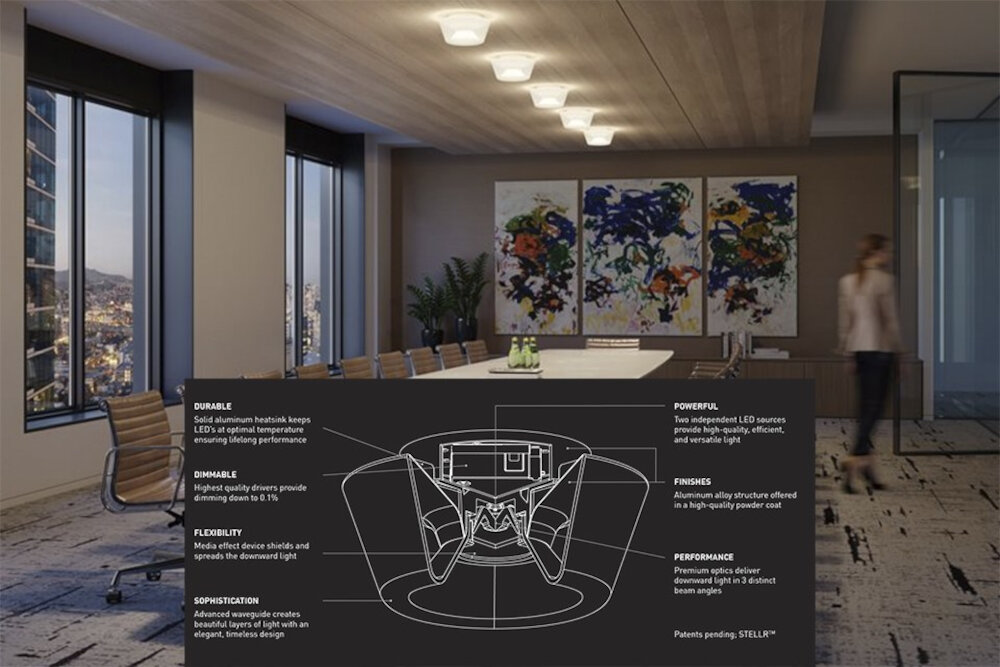
Environmental factors can play a significant role in determining the functionality of LED light strips. One of the most common reasons why LED light strips may fail to work is due to the presence of moisture. Moisture can cause electrical components to corrode, and this can lead to malfunctioning. To prevent moisture from affecting your LED light strips, it is important to ensure that they are installed in dry and well-ventilated areas. Additionally, using waterproof LED light strips can also help to mitigate the effects of moisture on the electrical components. Another important environmental factor that can affect the functionality of LED light strips is temperature. LED light strips are sensitive to temperature fluctuations, and extreme temperatures can cause them to malfunction. For instance, if the LED light strips are exposed to very high temperatures, this can cause the adhesive to weaken, and the strips may fall off. On the other hand, if they are exposed to very low temperatures, this can cause the electrical components to become brittle, and this can lead to malfunctioning. Therefore, it is important to ensure that LED light strips are installed in areas with suitable temperatures to ensure their proper functioning.
Environmental factors can have a significant impact on the performance of LED light strips. Temperature is a crucial factor to consider because extreme cold or heat can cause the LED strip to malfunction. Humidity and moisture can also affect the adhesive backing, causing it to lose grip and fall off. Additionally, exposure to UV rays can cause the colors to fade over time, reducing the brightness and clarity of the LED strip. It’s important to take these factors into account when installing LED light strips to ensure they achieve their maximum lifespan and maintain their optimal performance.
LED light strips are a popular choice for illuminating homes, businesses, and other spaces due to their energy efficiency and long lifespan. However, environmental factors can affect their performance and cause them to stop working. Symptoms of these factors include flickering lights, dimming or uneven brightness, overheating, color changes, and even complete failure. Exposure to moisture, extreme temperatures, and dust can damage the LED chips, circuit boards, and power supply. Additionally, improper installation, voltage fluctuations, and incompatible accessories can also lead to issues with LED light strips. It is crucial to identify the underlying cause of these symptoms and take appropriate measures to prevent further damage and ensure the longevity of the LED light strips.
LED light strips are a great way to add ambiance and style to any room, but they can be sensitive to environmental factors that can cause them to malfunction. To avoid this, it is important to keep the area where the light strips are installed clean and dry. Dust, dirt, and moisture can cause the strips to short out or corrode. It is also important to ensure that the power source is stable and reliable, as power surges or fluctuations can damage the LED strips. Additionally, it is a good idea to avoid exposing the strips to extreme temperatures or direct sunlight, as this can cause the adhesive to weaken or the LED components to overheat. Taking these simple steps can help you avoid environmental factors that can affect your LED light strips and keep them working properly for years to come.
The article titled \LED Light Strips Not Working: Discover the Surprising Reasons behind it\ discusses common reasons why LED light strips may not be functioning properly. The author notes that faulty wiring, incorrect installation, and low voltage can all contribute to LED light strip malfunctions. Additionally, the article highlights the importance of ensuring that the correct power supply is used when installing LED light strips, as well as the role of heat dissipation in maintaining their longevity. Overall, the article provides helpful insights and tips that can help individuals troubleshoot problems with their LED light strips and ensure they are functioning optimally.
Troubleshooting LED light strips is crucial to ensure their optimal performance and longevity. LED light strips can fail to work due to various reasons such as loose connections, faulty power supply, or damaged LEDs. Identifying and rectifying these issues through troubleshooting can save time and money, as well as prevent safety hazards. Troubleshooting also allows for customization and maintenance of LED light strips, ensuring that they meet the specific requirements of the user. Neglecting to troubleshoot LED light strips can result in a frustrating experience and potential damage to the product. Therefore, it is essential to carry out thorough troubleshooting to ensure the smooth functioning of LED light strips.
In conclusion, there are several reasons why LED light strips may not be working, including poor connections, incorrect voltage, damaged components, or faulty wiring. However, by following the troubleshooting steps outlined in this article, you can identify and resolve these issues quickly and effectively. It’s also essential to ensure that you’re using high-quality LED light strips that are compatible with your power source and that you’re installing them correctly. Additionally, it’s a good idea to consult with a professional electrician if you’re unsure about the installation process or if you have any concerns about the safety of your lighting setup. With these tips in mind, you can enjoy the many benefits of LED lighting, including energy efficiency, longevity, and versatility.
Conclusion
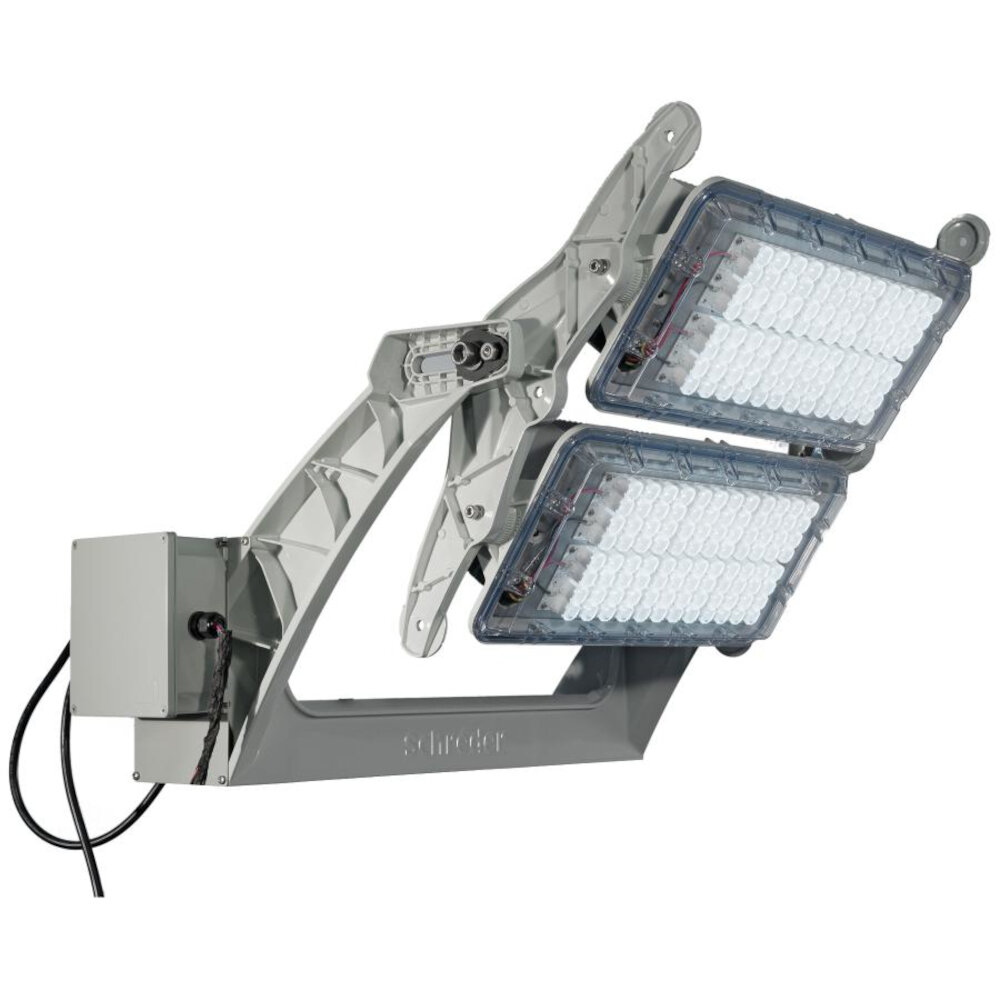
In conclusion, LED light strips not working can be a frustrating experience, but there are several surprising reasons why it may occur. From incorrect installation to power surges and faulty controllers, it is essential to identify the root cause of the problem to resolve it effectively. By ensuring proper installation, using the correct power supply, and checking the controller, you can avoid the hassle of troubleshooting LED light strips that fail to function. Moreover, it is crucial to use high-quality LED light strips and seek professional assistance when necessary. By taking these steps, you can enjoy the benefits of LED lighting and create the perfect ambiance in your space.

